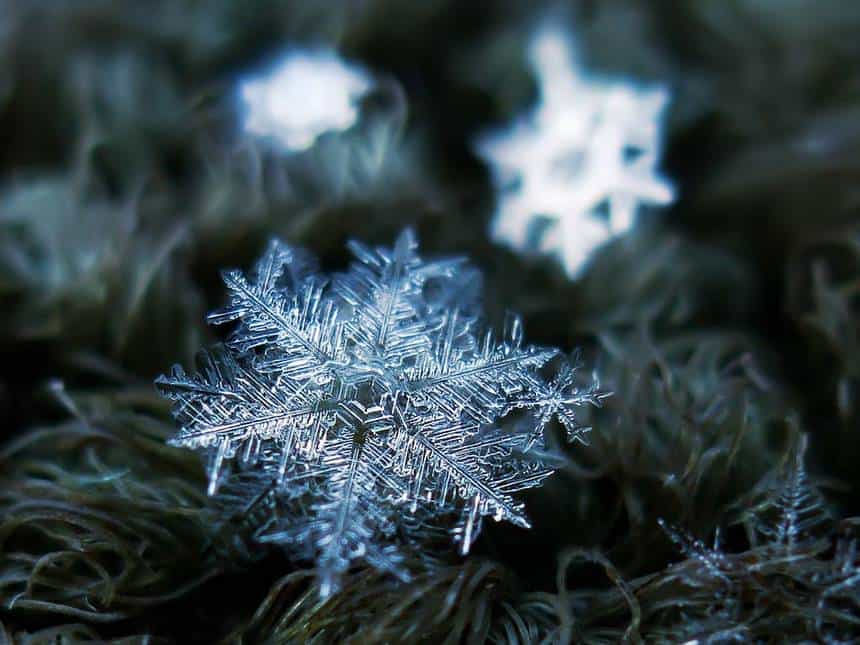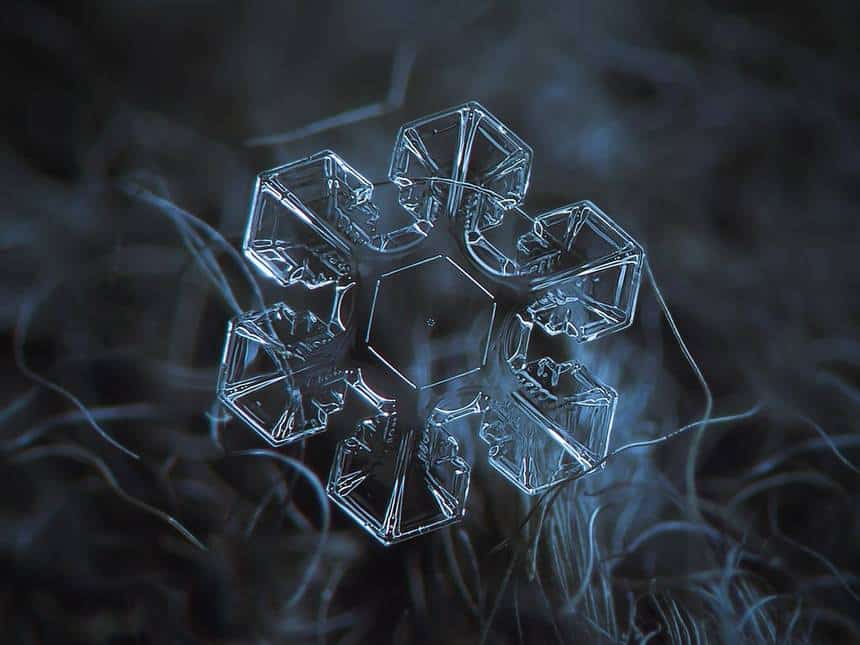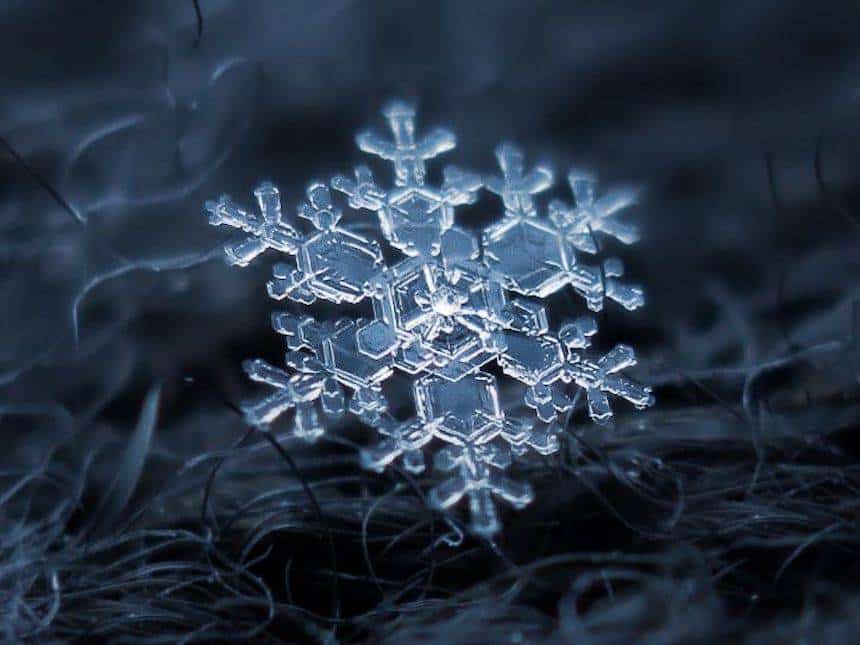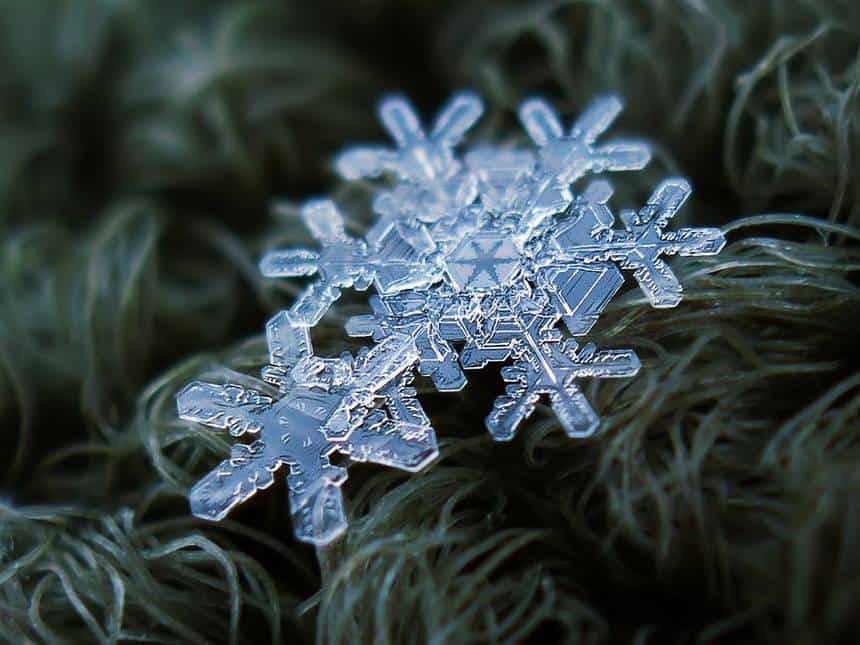
Alexey Kljatov has photographed thousands of snowflakes, honing his technique and taking some stunning shots in the process.

A snowflake is a single ice crystal coalescing around a dust particle. After it grows, it starts to develop a unique shape — although the differences might be minuscule, every snowflake is indeed unique in its design.
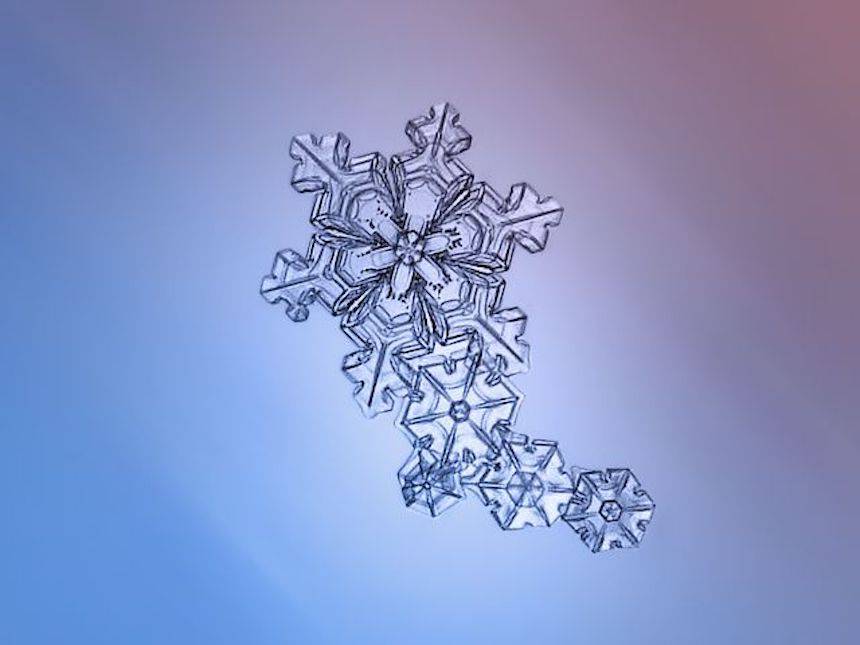
It is not entirely impossible for two identical snowflakes to exist, but it is extremely unlikely. There are 1019 (10 quintillion) water molecules which make up a typical snowflake, all of which can grow at different rates and in different patterns.
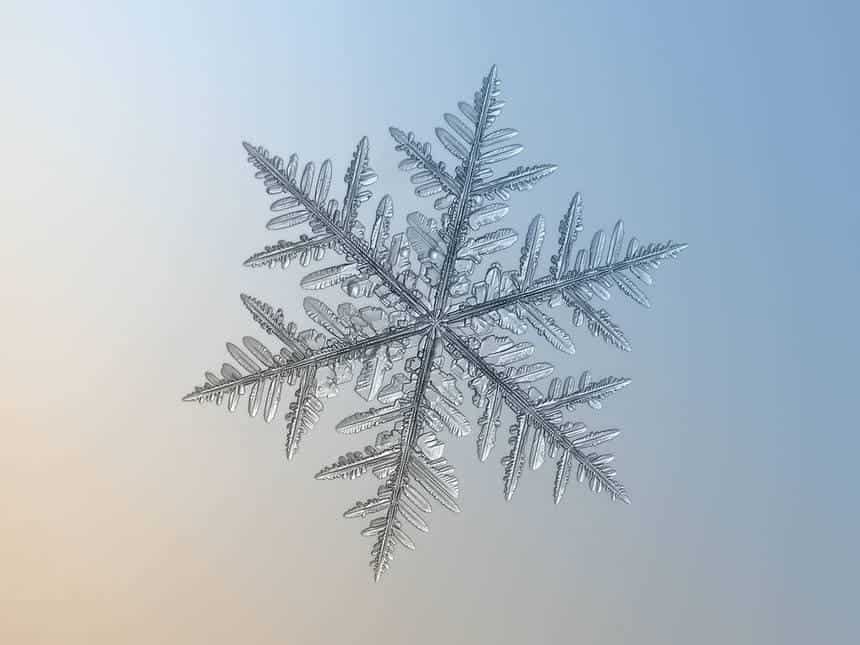
A Japanese physicist by the name of Ukichiro Nakaya developed a crystal morphology diagram, relating crystal shape to the temperature and moisture conditions under which they formed.
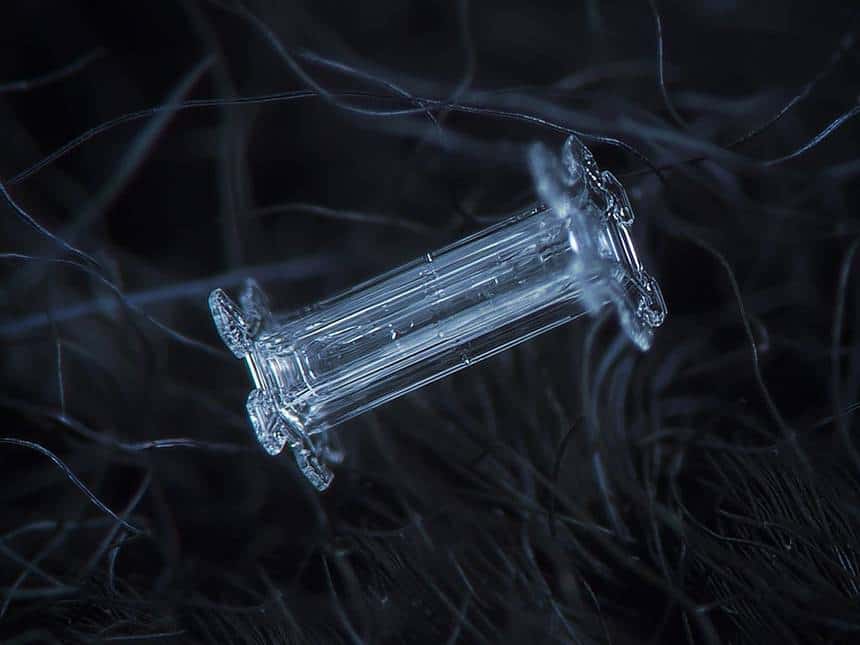
Photographing snowflakes is an art form in itself, but it’s not just the photography itself — processing such small objects requires time and patience, says Kljatov. He works the entire year, including the summer, to expand and finesse his collection of snowflakes.
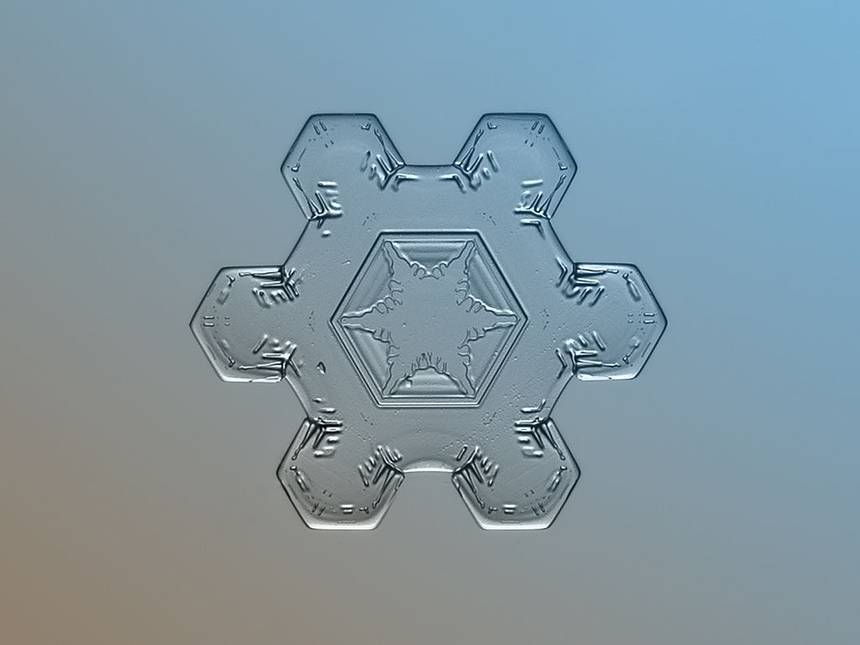
Snow can also precipitate as graupel or sleet. The largest snowflake was, allegedly, 15 inches wide. As the story goes, during a snowstorm in January 1887 at Montana’s Fort Keogh, the snowflakes were “as big as frying pans.” This claim has not been substantiated, but it is still listed as world record.
